Join Our Community!
We're excited to invite digital artists from around the world to share their unique perspectives, creative techniques, and industry insights right here on our platform.
Submit your essay, and if selected, we'll feature your writing along with a link to your portfolio. You can write about your personal journey in the digital art space, share tutorials, discuss trends that are shaping the future of the art world, and more.
We encourage you to dive into the comment sections, where you can ask questions, share ideas, and connect with other artists. Our goal is to create a thriving space where you can not only share your knowledge but also learn from others and make meaningful connections within the digital art community.
We’re excited to see your contributions and grow our community together!
By Allen Hirsh
“It seems odd to me that photography is widely and properly considered a legitimate art form, but digital art struggles for similar respect. I think part of the answer lies in the perception of the talent necessary to produce the image.”
By Valentin Vollmer
“What do we believe when we see it a hundred times? In times of artificial intelligence and infinite scroll, we are confronted not only with new ways of seeing—but with new ways of believing. Our sense of truth no longer arises from direct experience, but from repeated exposure, filtered feeds, and algorithmic amplification.”
By IJWBAA
“Minimalism is often associated with sleek design, white spaces, and emotional detachment—concepts shaped by Western art history. But I’ve chosen to reclaim and redefine that language. My minimalism isn’t cold or empty; it’s rooted, grounded, and full of ancestral memory. Every line, shape, or color I use carries weight—whether it’s a forgotten myth, a trace of colonial trauma, or a quiet homage to Filipino resilience.”
Welcome to the Mental Health Community Board on Digital Arts Blog — a soft landing spot for digital artists navigating rejection, restlessness, job hunts, burnout, breakthroughs, and everything in between.
By David Van Eyssen
“I’m always asking questions when I work. Where does the figure belong in relation to the rest of the objects in the frame, and to the window itself? Is the reflection ambiguous — does it ask the viewer to query the position of the subject? Does the image make us ask what is on the inside looking out, or on the outside looking in, and where that dividing line is? When I’m taking a picture, I work with the same cues we look for unconsciously in everyday life to tell us what's real or not.”
By Clayton Campbell and Christian Knudsen
“In 2005 at the 18th Street Arts Center in Santa Monica, California, Clayton Campbell and Christian Knudsen were some of the first West Coast artists to experiment with data bending and glitching jpg files for digital photography. It began when Campbell, using the first commercially available digital cameras, re-photographed from his computer screen the notorious images of US soldiers torturing Iraqi prisoners at Abu Ghraib prison. The files corrupted when downloaded, appearing as static, distorted, fragmented fields of color.”
By Clayton Campbell
"Historically, the integration of new technologies in the arts has consistently upended assumptions and expectation of what art should be. The arts and science are our best bell weather as to how civilization will evolve. As Artificial Intelligence technology radically expands its global presence an equal mix of excitement and anxiety has arisen. An overarching question has been whether A.I. will ultimately replace human creativity, or continue to augment it?"
By Robert P. Fine
"Harold Cohen, Vera Molnar and others, were unique in that their initial entry into the developmental world of art and computers was as artists with a vision, not as scientists and academics whose goal it was to build the field of computer science."


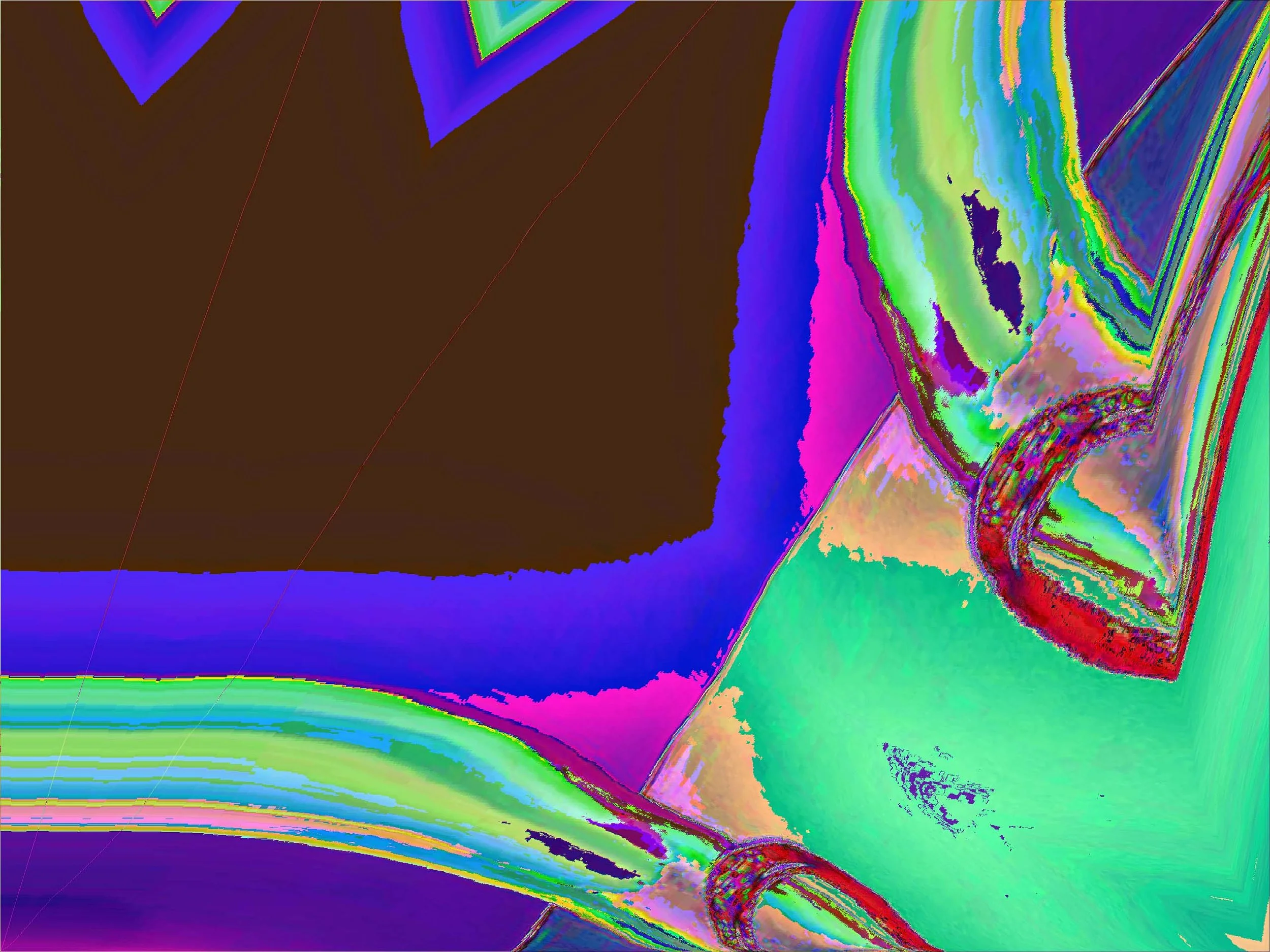



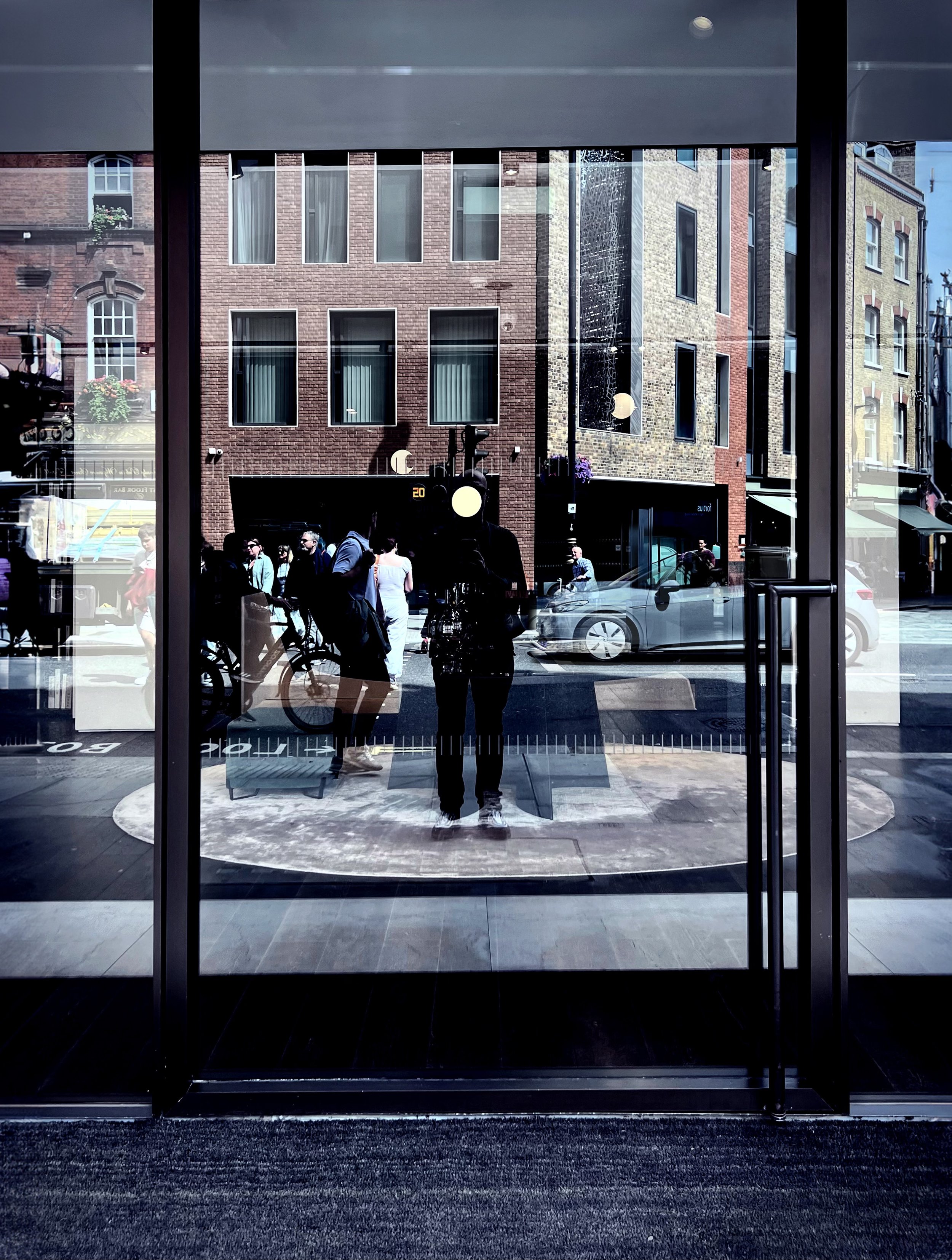
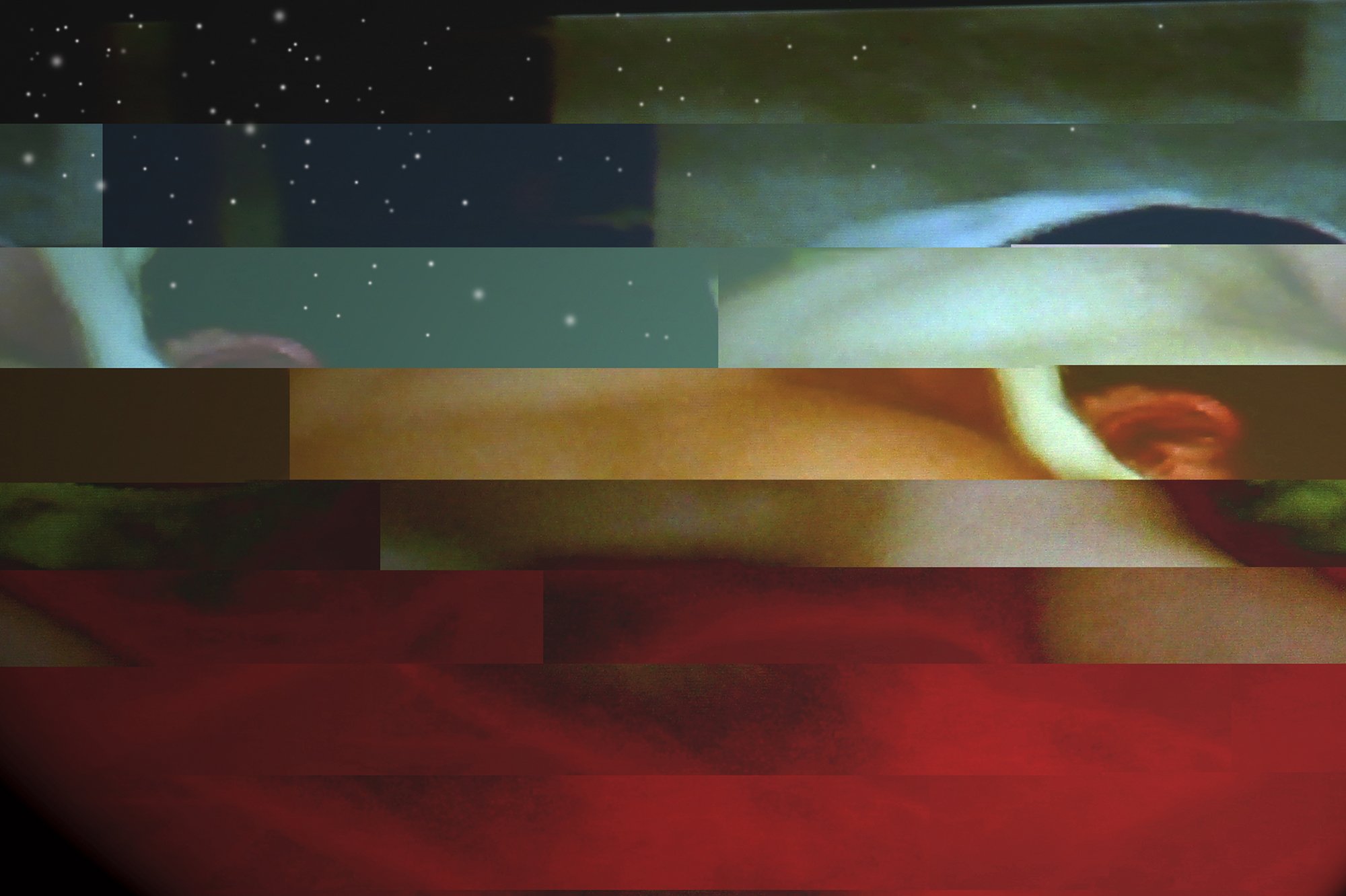
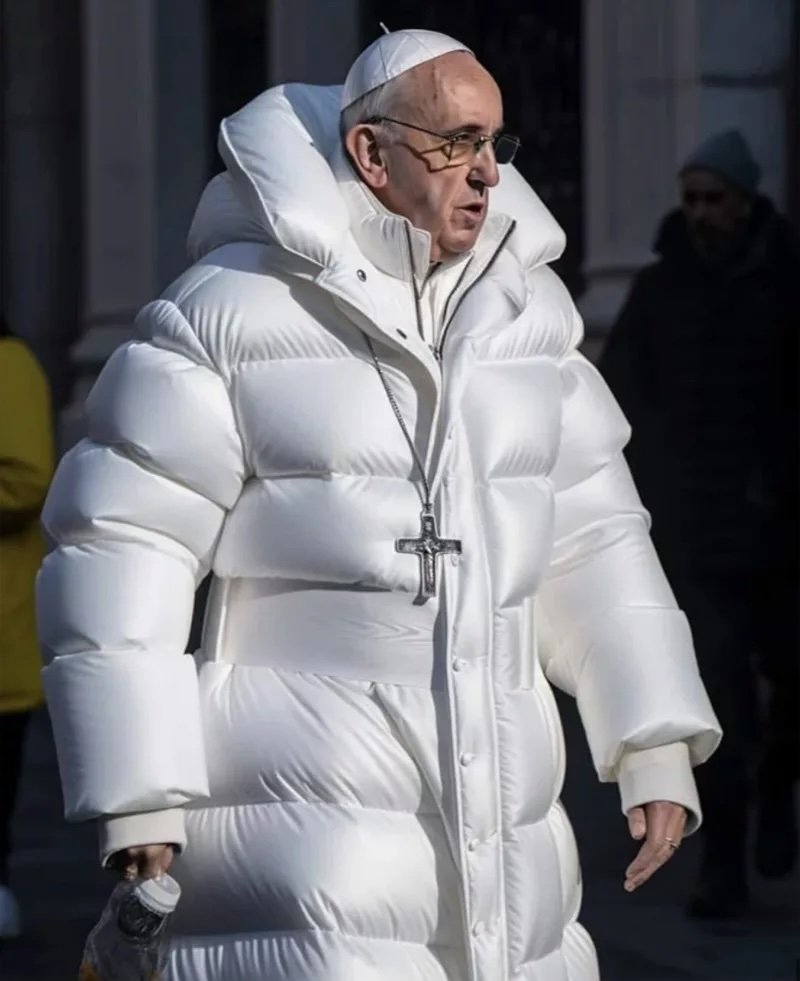
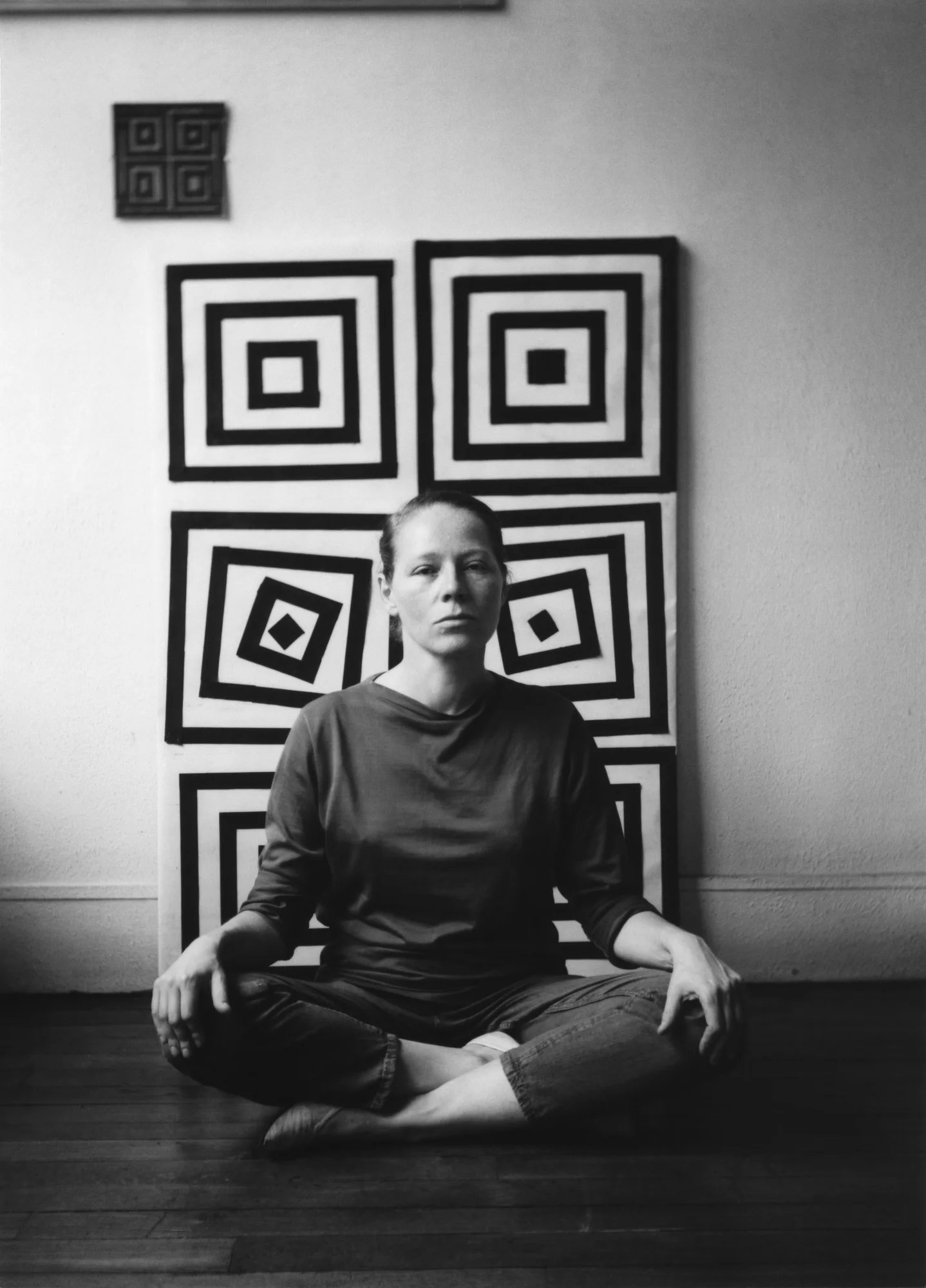
By Mansur Umarov
“I want to tell you the story of a project that has become something much more for me than just an NFT collection. MetaSaiga is a digital saga built not around speculation or hype, but around memory, glitch, and the question: what happens when a digital being begins to become self-aware?”